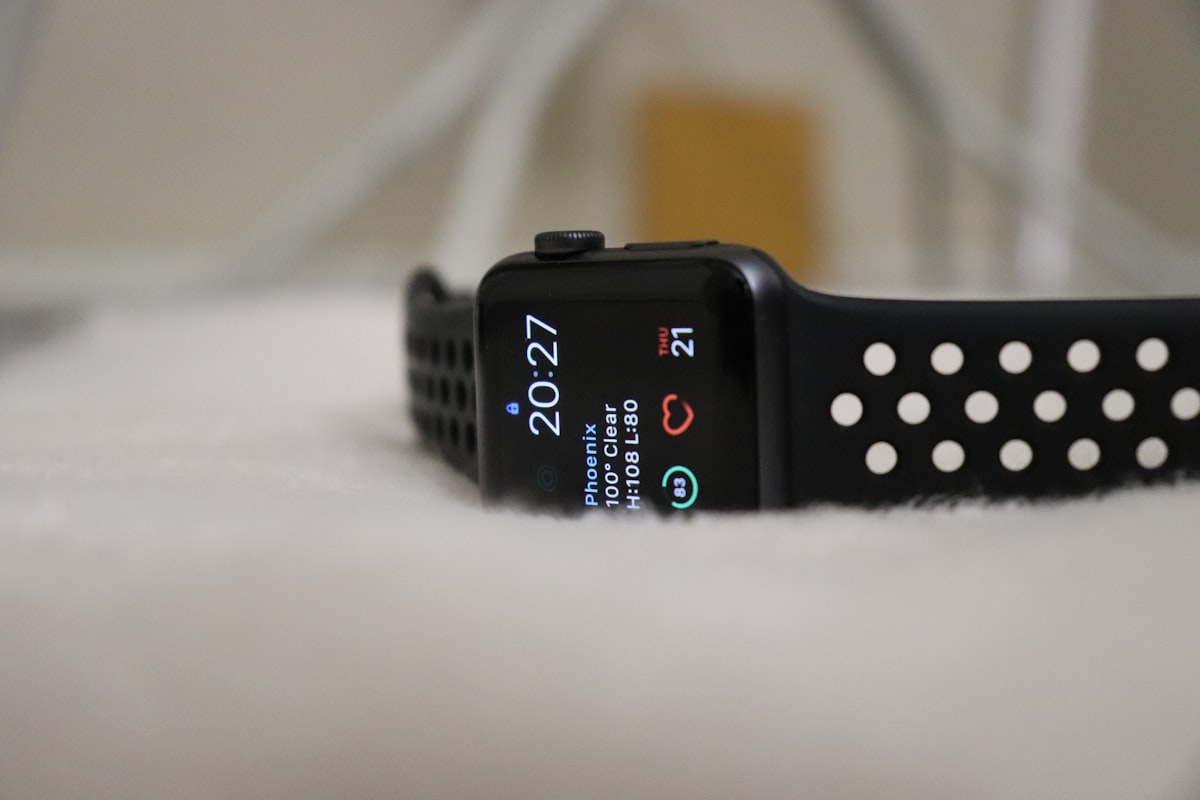Wearable Health Monitors May Be Risky for Some Patients
Watches, smartphones, other wearable health monitors may interfere with pacemakers and other essential devices, study finds.

Wearable health monitors are becoming must-have devices for the health-obsessed. Smartwatches and rings, smartphones and other devices monitor our heart rate, blood pressure and other vital signs.
But while there may be benefits to constantly monitoring one's vital signs, there may be also be risks, according to a new study published in Heart Rhythm, the official journal of the Heart Rhythm Society.
The problem is that some of the wellness trackers could cause trouble for people with cardiac implantable electronic devices (CIEDs) such as pacemakers, implantable cardioverter defibrillators (ICDs), and cardiac resynchronization therapy (CRT) devices, the study found.
Investigators evaluated the functioning of CRT devices from three leading manufacturers while applying electrical current used during bioimpedance sensing.
Bioimpedance sensing is a technology that emits a very small, imperceptible current of electricity into the body. The electrical current flows through the body, and the response is measured by the sensor to determine the person’s body composition, level of stress, or vital signs, such as breathing rate.
“Bioimpedance sensing generated an electrical interference that exceeded Food and Drug Administration-accepted guidelines and interfered with proper CIED functioning,” said lead investigator Benjamin Sanchez Terrones, PhD, Department of Electrical and Computer Engineering, University of Utah.
He emphasized that the results do not convey an immediate or clear risk to patients who wear the trackers, but noted that the different levels emitted could result in pacing interruptions or unnecessary shocks to the heart.
Risk has "grown rapidly"
There has already been considerable study of the interaction between general electrical appliances, and more recently smartphones, with implantable devices. Most implantable cardiac devices already warn patients about the potential for interference with a variety of electronics due to magnetic fields – for example, carrying a mobile phone in your breast pocket near a pacemaker.
The rise of wearable health tech has grown rapidly in recent years, blurring the line between medical and consumer devices. Until this study, objective evaluation for ensuring safety has not kept pace with the exciting new gadgets.
“Our research is the first to study devices that employ bioimpedance-sensing technology as well as discover potential interference problems with CIEDs such as CRT devices. We need to test across a broader cohort of devices and in patients with these devices. Collaborative investigation between researchers and industry would be helpful for keeping patients safe,” said Dr. Sanchez Terrones.
